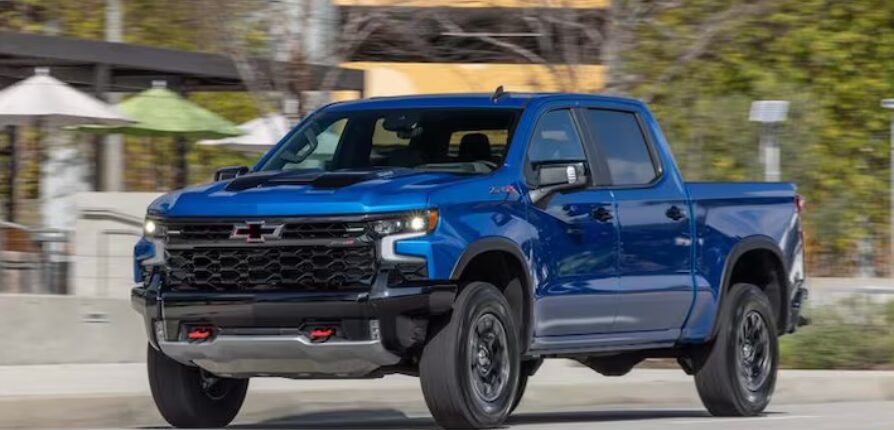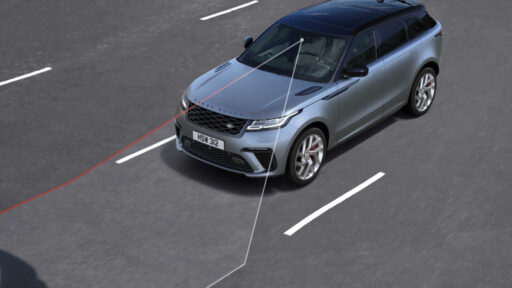No matter how often you use it, a vehicle’s navigation system can significantly impact your overall driving experience. Whether the interface is cumbersome, the system sluggish, or the routing unpredictable, a poor navigation experience is hard to forget.
In 2024, Google Maps is widely regarded as the gold standard for navigation, which is why there was such excitement when Chevrolet announced its partnership with Google to integrate Google Maps into the 2022 Silverado as part of its Google Built-In system. This technology extends beyond the Silverado to include the company’s Tahoe and Suburban SUVs, as well as its lineup of electric vehicles.
Such infotainment and navigation systems generally perform well during short-term tests, but after seven months and over 13,000 miles of using the 2024 Chevy Silverado ZR2, our year-long review has given us some clear insights into GM’s Google integration.
READ MORE: What’s Happening with Land Rover? Exploring Recent Developments and Future Plans
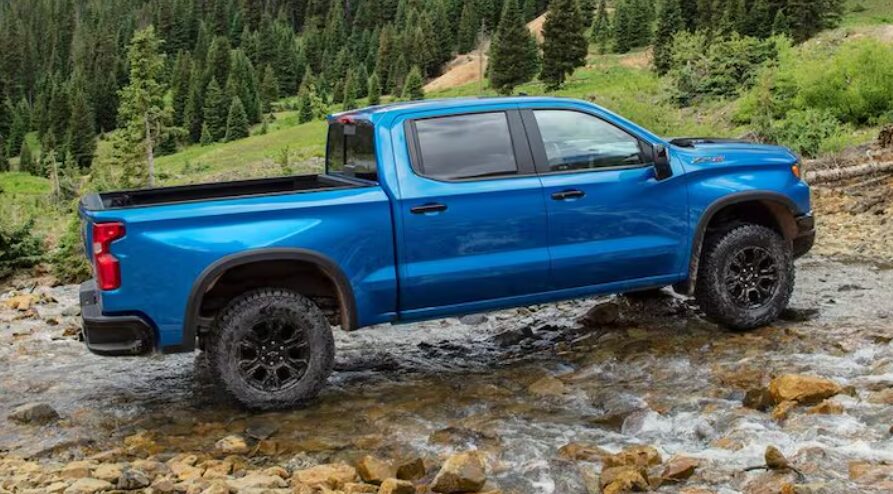
Inconsistent Performance from Google Maps
Almost immediately after we took delivery of our long-term 2024 Silverado ZR2, we began encountering issues with Google Maps. The system would occasionally freeze without warning, sometimes at critical moments. When this occurred, not only would the maps stop working, but the speed limit information on the driver’s display and head-up display would also freeze. Trying to access Google Maps on the infotainment screen during these freezes resulted in a “searching for GPS” error message.
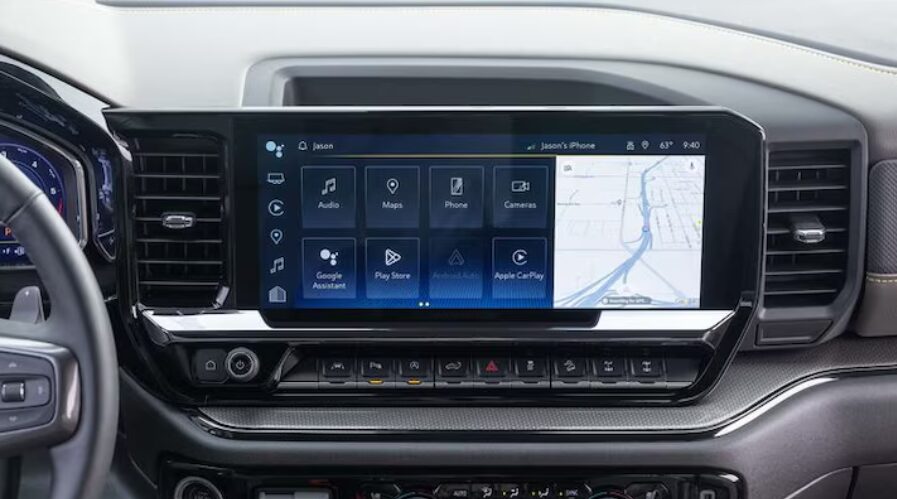
Seeking a solution, we turned to online forums and Reddit, only to find that many other owners were facing the same issue, with no clear resolution. Service technicians also offered little help, suggesting the best option was to perform a hard reboot whenever the system locked up.
This reboot process is straightforward—just hold the “hang-up” button on the steering wheel for 15 seconds, which resets the infotainment system. However, this is only a temporary fix, with the system sometimes functioning for just a few hours before freezing again.
Interestingly, the system occasionally fixes itself, either restarting mid-drive or coming back to life after the vehicle has been turned off overnight. It’s a frustrating experience.

Limited Vehicle Control and Command Precision
Google Built-In offers more than just navigation; it also provides control over various vehicle functions, such as adjusting the air conditioning, changing the radio station, and more, through voice commands. The system responds reasonably well to the wake command “Hey, Google,” and will even lower the HVAC fan speed for better voice recognition.
However, it doesn’t fully understand natural language, requiring the driver to use specific command prompts. For example, saying “Tune to the Disney channel” won’t work—you need to say, “Tune the radio to the Disney channel on SiriusXM.” This level of specificity can be challenging, especially in the presence of background noise, such as kids in the backseat.
Another limitation is the inability to send custom driving routes to the vehicle, a feature that works well with Apple CarPlay and Android Auto. Given that Google Built-In requires a Google account, it seems logical that custom routes could be shared with the vehicle, but this feature is not currently supported.
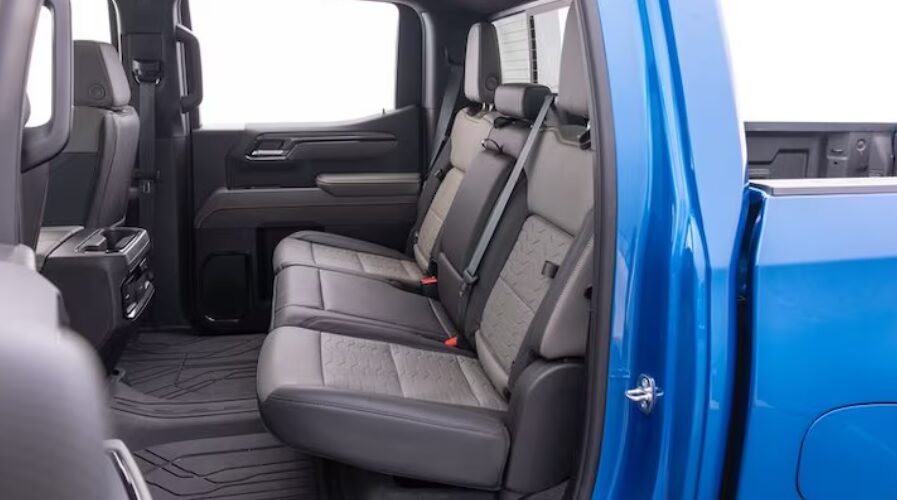
Underwhelming App Store
The idea of customizing your vehicle’s infotainment system with apps from the Google Play store is appealing, but in reality, the experience is underwhelming. The selection of apps is limited, primarily to podcast and streaming services, and most of them require a linked phone to operate fully.
We were excited to see Waze as an available alternative to Google Maps, but the app’s functionality was so limited and the system so slow that we gave up after one attempt. Despite being tied to our main Waze account, the app wouldn’t mirror or communicate with the phone app, and only one device could use Waze at a time. As a result, we found the Waze iPhone app paired with Apple CarPlay to be a far superior option.
Subscription Costs for Google Built-In
Like many modern services, Google Built-In isn’t free. To access its features, you’ll need an active OnStar plan, and the most basic plan won’t cut it. The Google Built-In functionality starts with the Connected Vehicle Plan, which costs $24.99 per month, with tiers rising to $49.99 per month for the Premium plan.
Opting not to pay for OnStar means losing access to the Google Play app store, Google Assistant, and even Google Maps, leaving owners of a $75,000 truck without access to its built-in navigation system.

Apple CarPlay: A Better Alternative?
Fortunately, there’s a way around paying for these features. Chevy has offered Apple CarPlay in Silverado models since 2016, and in 2024, wireless Apple CarPlay and Android Auto are standard across all trims.
Apple CarPlay has quickly become an essential feature, offering reliable access to Google Maps (and alternatives like Apple Maps), calls, texts, and other apps, all without needing to touch your phone. So far, we’ve had no issues with phone connectivity or wireless stability, making it our go-to for navigation and media control. Siri is also more effective at handling Apple Music than the truck’s built-in voice recognition system. Hopefully, Chevrolet won’t phase out Apple CarPlay anytime soon.
Alexa: A Third Voice Assistant Option
In addition to Google Built-In, Chevrolet offers Amazon’s Alexa Built-In as an alternative voice assistant. Besides using “Alexa” as the wake word instead of “Hey, Google,” the functionality is nearly identical. However, Alexa Built-In requires the same OnStar subscription and an Amazon account.
While Alexa can control most of the same vehicle functions as Google, it doesn’t handle climate control. Instead, it can stream music from linked accounts and access many of the same features as your home Alexa devices. Although we’ve spent less time with Alexa, it works just as well as Google Built-In, making it a viable option for those who are more integrated into the Amazon ecosystem.
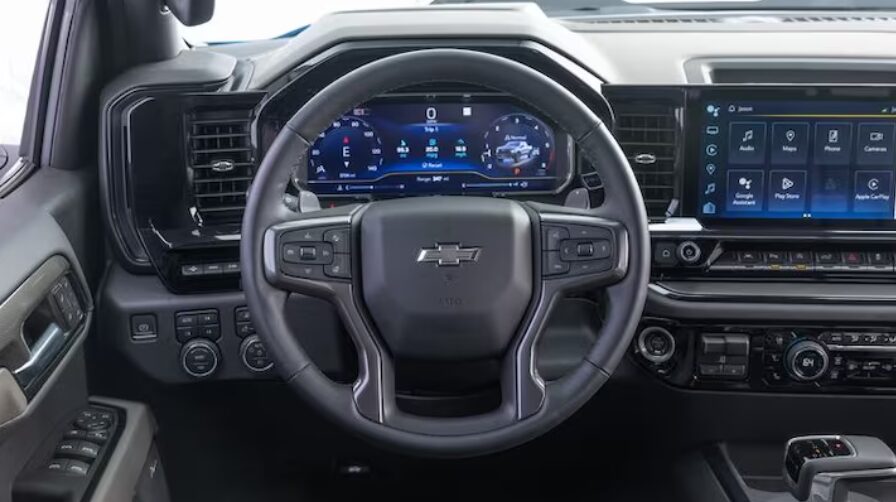
Is Google Built-In Worth the Cost?
We were initially enthusiastic about Google Built-In, but the discovery of the monthly fee tempered that excitement. For a free feature, we might be more forgiving of its quirks, hoping that future updates would resolve the issues and add functionality. However, at a minimum cost of $300 per year, it’s hard to justify the expense. For now, we’ll save the money, manually adjust the air conditioning, and stick with Apple CarPlay, which offers a more reliable and cost-effective solution.
READ MORE: MINI Marks 65 Years with New Models and Racing Triumphs
Subscribe today for the freshest car news delivered to your inbox

